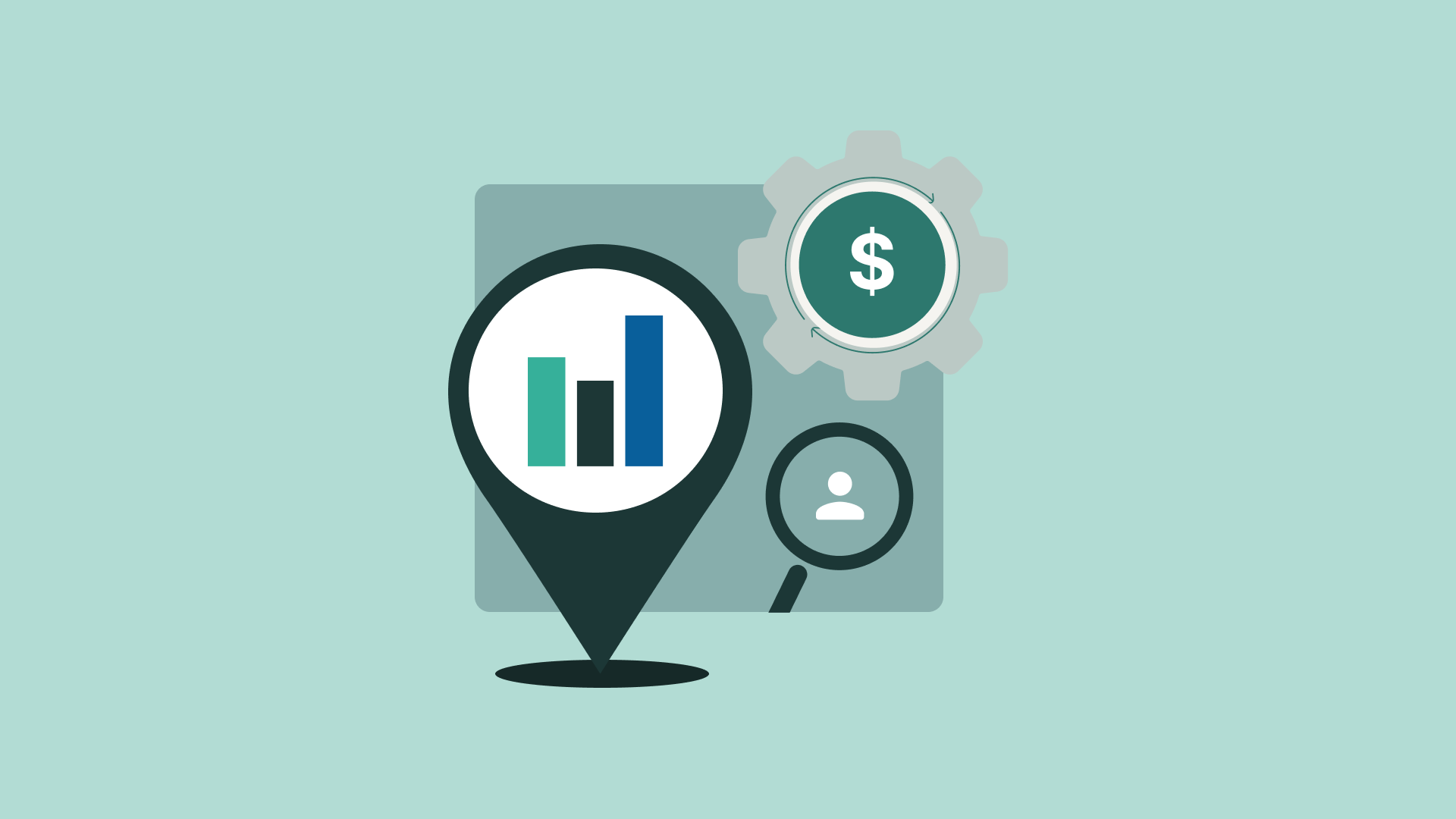Predictive analytics won’t replace good lawyering, but it’s quickly becoming a powerful partner in it.
Predicting the outcome of a legal case was once more art than science, driven by instinct and experience. But today, the landscape is shifting. Legal predictive analytics is emerging as a powerful tool, enabling law firms to make smarter strategic decisions, allocate resources more efficiently, and deliver better outcomes for their clients.
For personal injury attorneys, the ability to forecast case value, estimate settlement timelines, and flag high-risk claims early can transform the way firms approach litigation. And while personal injury may be leading the charge, the benefits of predictive analysis extend across the entire legal profession—from employment law to insurance defense and beyond.
We’ll explore how predictive analytics is reshaping the legal industry, the tools driving this transformation, and what legal professionals should know about this growing trend.
Contents
Smarter strategy: predicting outcomes before you file
Predictive analytics in the legal context refers to the use of historical data, machine learning, and artificial intelligence to forecast future outcomes. These tools analyze patterns from past cases, judicial decisions, legal documents, and more to deliver insights that help attorneys develop smarter strategies and better estimate case outcomes.
In personal injury law, for instance, a predictive tool might evaluate thousands of similar cases to project the likely settlement value for a motor vehicle accident in a specific jurisdiction. It can also identify potential risks early, like opposing counsel with a strong trial record or a venue with a history of lower-than-average awards.
These platforms typically aggregate court records and produce actionable analytics for law firms on timelines, judge tendencies, and verdict patterns. For your legal team, this means fewer blind spots, greater confidence during client consultations, and a stronger footing at the negotiation table.
By incorporating predictive analytics tools, law firms can improve case strategy and reduce uncertainty in several ways:
- Estimate case timelines based on venue, judge, and claim type
- Assess whether a claim is likely to settle or go to trial
- Identify optimal negotiation windows
- Allocate team resources based on case complexity
- Flag high-risk or time-intensive matters early
The result? Less time wasted, more efficient operations, and stronger positioning at every stage of litigation.
What to watch for: not all tools are created equal
Not all predictive analytics tools are created equal. Legal professionals should carefully vet any software or platform that claims to deliver “smart” or “AI-powered” case insights. Ask:
Some important questions to ask before trusting a tool’s output:
- Is it built for legal work, or is it a general-purpose AI tool? Generic LLMs are powerful, but they don’t include case law or legal reasoning out of the box. Without context, their value is limited.
- Does it use your firm’s data or public databases? Some platforms require you to upload internal documents, while others use information like public filings or settlement records. Understanding where the data comes from helps you know how reliable the predictions are.
- Can you see how it reaches its conclusions? Some systems are transparent and explain the logic behind each forecast. Others operate like a “black box”, offering an outcome with no clear reasoning. In law, that kind of opacity can be risky.
These tools work best when paired with professional judgment and case-specific context. They’re meant to inform your strategy, not replace it.

Meeting client expectations with data-driven decisions
Your clients expect answers, and sometimes they expect certainty. Predictive analytics helps law firms offer something close: data-backed projections clients can trust.
Instead of educated guesses, attorneys can walk clients through likely outcomes, average case durations, or the odds of settling versus going to trial. When used responsibly, these data-driven insights help manage client expectations, guide clear law firm communication, and build confidence on both sides of the table. And when your legal team uses these tools consistently from intake through resolution, your firm becomes more efficient, more agile, and more aligned with client needs.
Growing impact across the legal industry
While personal injury law has been an early testing ground, predictive analysis is gaining traction in many other practice areas:
- Employment law: Firms are using predictive models to assess the strength of discrimination and wrongful termination claims.
- Class actions and mass torts: Data analytics helps flag similarities, patterns, and red flags across large data sets.
- Criminal law: Experimental efforts in predictive policing aim to forecast where crimes may occur or identify repeat offenders, though these applications are controversial and still developing.
In all of these areas, predictive analytics supports stronger case management, tighter budgeting, and smarter strategic planning. It also gives legal practitioners the tools to better align case strategy with the outcomes clients care about most.
The ethical edge: Using predictive analytics responsibly
It’s easy to get excited about AI and automation, but predictive analytics is not a crystal ball. As with any application of artificial intelligence and machine learning, there are important ethical concerns to consider.
- Bias in the data: If past case outcomes were influenced by discrimination, flawed precedent, or unequal access to legal representation, a predictive tool trained on that data might repeat those patterns.
- Over-reliance on tech: Predictive tools can provide helpful guidance, but no algorithm can replace the nuance and discretion of a skilled attorney. A smart forecast is still just one part of the story.
- Transparency and accountability: If a tool makes a recommendation, lawyers need to understand why and be able to explain it to their clients. That means choosing systems that are clear about how their predictions are made.
Legal professionals should lead, not follow, when it comes to using technology responsibly. That means pairing these tools with real-world insight, human empathy, and a clear sense of what’s fair and just.
Looking ahead: A promising future for legal predictive analytics
As technology evolves, so will the role of predictive analytics in law. Tools that were once reserved for large firms with massive data science teams are becoming more accessible to practices of all sizes. These tools will help firms make better decisions, build client trust, and stay competitive in a fast-moving market. Predictive analytics won’t replace good lawyering, but it’s quickly becoming a powerful partner in it.
At CloudLex, we’re closely watching the development of predictive tools and the opportunities they could unlock for personal injury firms and beyond. While our platform doesn’t currently include predictive analytics, we believe that as the legal landscape shifts, these capabilities could meaningfully complement our suite of solutions for legal teams, as long as they’re implemented with integrity, transparency, and real-world context in mind.



